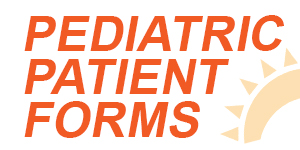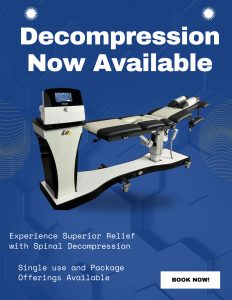You’re gearing up for your morning run, lacing up your shoes with anticipation. But as you hit your stride, a familiar pain creeps up the side of your leg, intensifying with each step. What started as a minor annoyance has become a persistent issue, threatening to sideline your active lifestyle. If this scenario sounds all too familiar, you might be dealing with a common condition that affects many runners and athletes.
Iliotibial band syndrome can quickly dampen your regular running schedule (or sport of choice). So, let’s take a closer look. What is iliotibial band syndrome? Can chiropractic care help?
What is Iliotibial Band Syndrome?
Iliotibial Band Syndrome (ITBS) is a common overuse injury that primarily affects runners, cyclists, and other athletes engaged in repetitive activities. The iliotibial band is a thick band of fibrous tissue that runs down the outside of the thigh, from the hip to the shin. When this band becomes tight or inflamed, it can cause pain on the outer part of the knee or hip.
Symptoms of ITBS typically include:
- Sharp or burning pain on the outer side of the knee
- Pain that worsens with continued activity
- Aching or tenderness along the outer thigh
- Snapping or popping sensations near the hip or knee
ITBS often develops due to factors such as overtraining, improper form, anatomical issues, or inadequate warm-up and stretching routines. While it’s particularly common among runners, anyone participating in activities involving repetitive knee flexion can be at risk.
How Can a Parker Chiropractor Help?
Chiropractic care offers a holistic approach to treating Iliotibial Band Syndrome, addressing the root cause. With that in mind, here’s how your Parker chiropractor can help!
1. Comprehensive Assessment
A skilled chiropractor will conduct a thorough evaluation of your musculoskeletal system, gait, and biomechanics. This assessment helps identify any imbalances or misalignments that may be contributing to your ITBS.
2. Chiropractic Adjustments
Misalignments in the spine, pelvis, or extremities can alter your body mechanics, potentially leading to ITBS. Through precise adjustments, your chiropractor can restore proper alignment, reducing stress on the iliotibial band and promoting optimal function.
3. Gait Analysis and Biomechanical Correction
By analyzing your running or walking pattern, a chiropractor can identify any biomechanical issues contributing to your ITBS. They can then provide guidance on proper form and technique to reduce stress on the IT band.
4. Ergonomic and Lifestyle Advice
Your chiropractor can offer valuable advice on ergonomics, proper footwear, and training techniques to prevent future occurrences of ITBS. This may include recommendations for gradual increases in training intensity and cross-training activities.
5. Ultrasound and Electrical Stimulation Therapy
These modalities can be used to reduce pain, decrease inflammation, and promote healing in the affected tissues. Ultrasound therapy can help improve blood flow and tissue elasticity, while electrical stimulation can aid in pain management and muscle relaxation.
6. Collaborative Care Approach
If necessary, your chiropractor can work in conjunction with other healthcare providers, such as physical therapists or orthopedic specialists, to ensure comprehensive care for your ITBS.
Discover chiropractic care with the Awaken Chiropractic team today! Your Parker chiropractor is here to help you overcome pain and pave the way toward better performance and a pain-free life. Book your appointment today!







